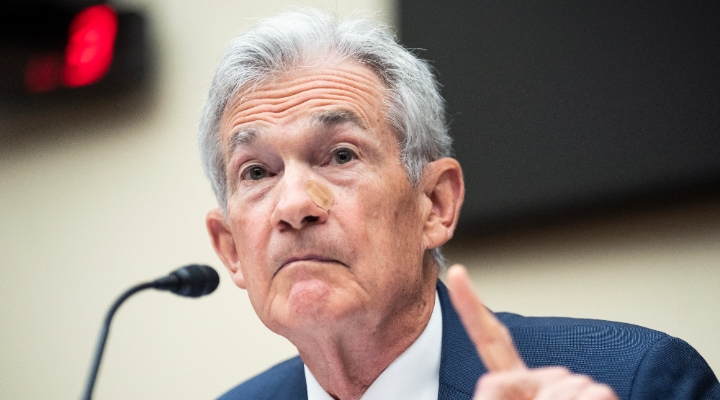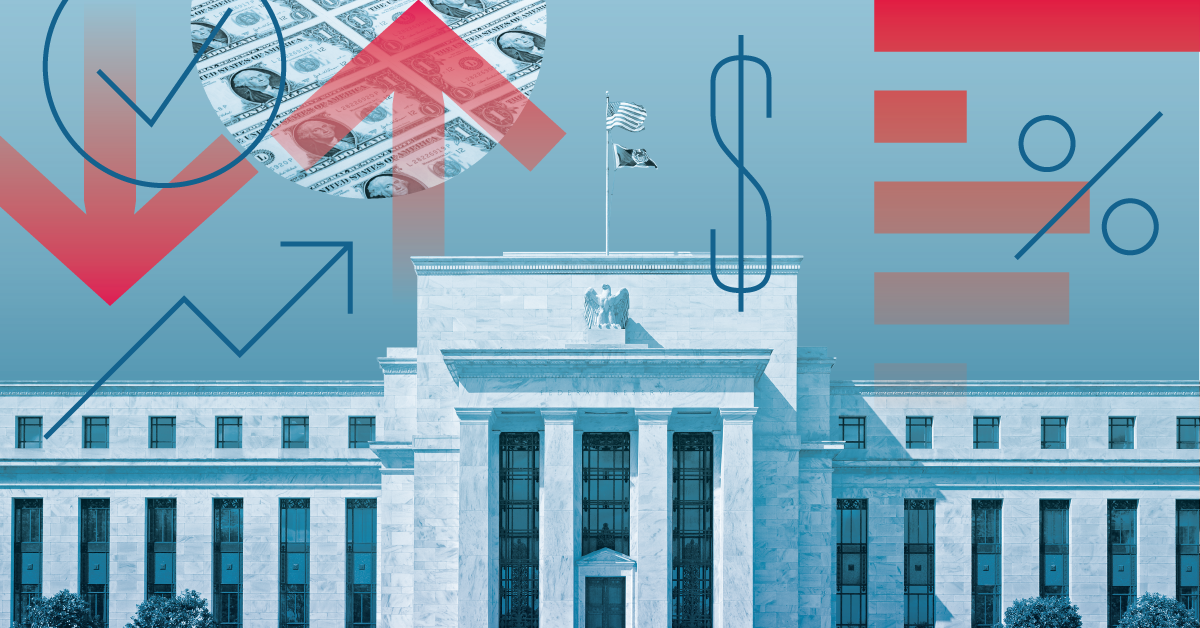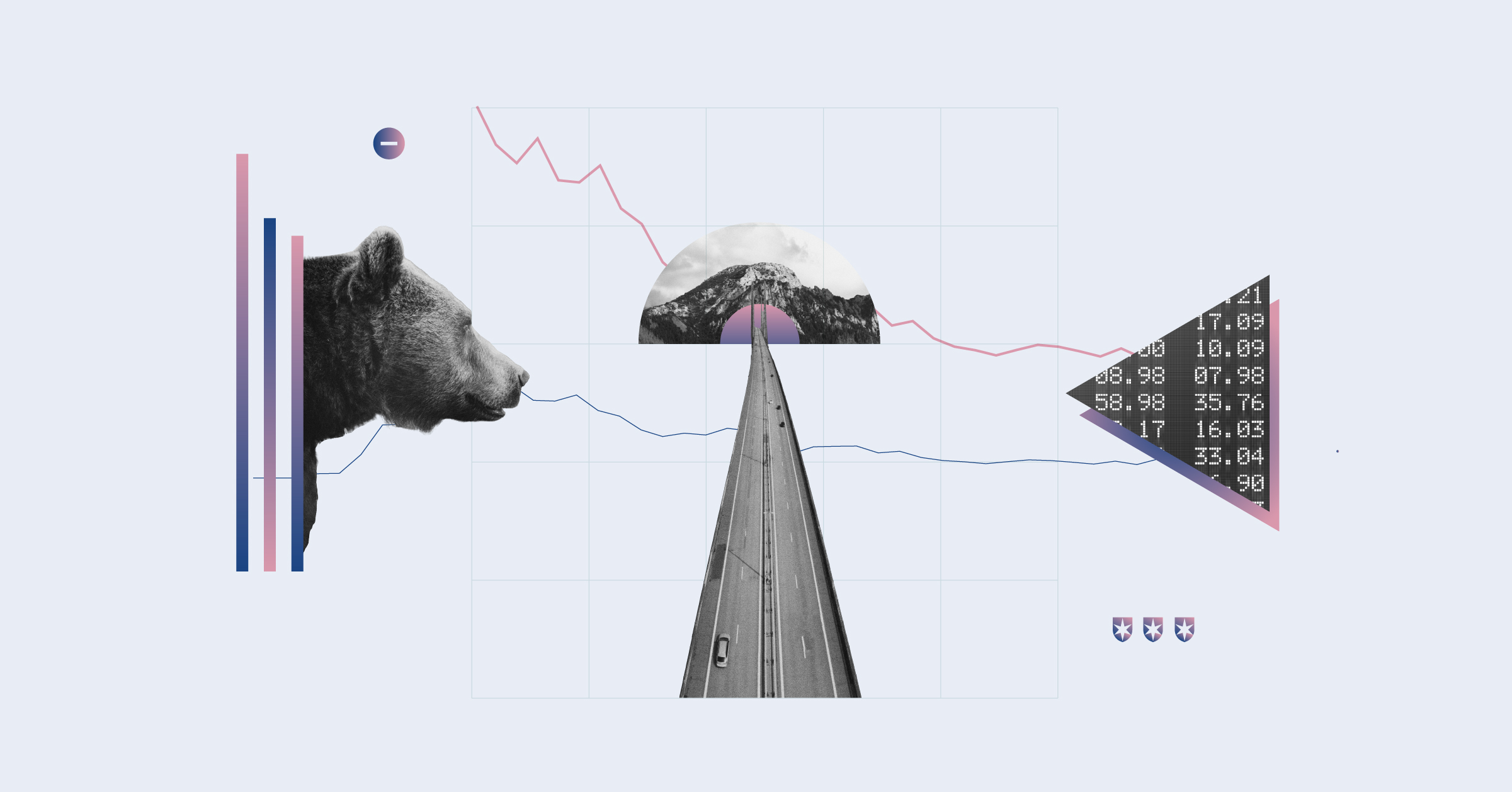
Canada’s September Consumer Price Index report is expected to show continued improvement in inflation pressures, giving room for the Bank of Canada to continue cutting interest rates.
Recent data shows headline CPI inflation continuing to trend lower in response to the steps the BoC took last year to tame inflation with multiple interest rate hikes. While inflation has retreated this year, it persists above the bank’s target range, making the upcoming CPI numbers more meaningful for economists and investors. The report is due for release on Sept. 17.
“We expect the report will show headline CPI inflation dropped to the Bank of Canada’s 2.0% target in August from 2.5% in July,” says Michael Davenport, economist at Oxford Economics. “This broadly aligns with the underlying trend of easing headline inflation observed in Canada this year.”
At the most recent Bank of Canada press conference, following the central bank’s third consecutive interest rate cut, Governor Tiff Macklem signalled that more good news on inflation would lead to interest rates falling further. “If inflation continues to ease broadly in line with our July forecast, it is reasonable to expect further cuts in our policy rate,” he said.
Davenport expects inflation to rise temporarily in late 2024 and early 2025, driven by prior-year base effects and policy-driven price changes, such as the upcoming property tax hikes entering the CPI in October.
Still, “this will allow the Bank of Canada to continue to steadily lower the target for the overnight rate from 4.25% to 2.25% by September 2025, the low end of its range for the neutral rate [where it neither spurs nor deters the economy] but modestly stimulative for the economy in our view,” he says.
What is Driving Inflation?
The CPI reflects the price changes faced by Canadian consumers. It tracks these fluctuations over time by comparing the costs of a basket of goods and services. The CPI data will serve as a key indicator of where the economy (and financial markets) may be headed.
High shelter inflation is the single biggest factor preventing the central bank from achieving its 2% inflation target. The impact of inflated rents and high mortgage interest costs continue to keep overall inflation elevated.
“Shelter and services inflation have been the two most significant contributors to headline CPI inflation in Canada recently,” says Davenport, pointing to the July data. He expects this to be the case again in August. However, mortgage interest costs may decline significantly in the coming months as mortgage rates decrease, driven down by ongoing BoC rate cuts.
Davenport also points out that the rental component of the CPI is lagging actual rents. “More timely data shows that year-over-year growth in asking rents has slowed considerably,” he says. "Rent growth will likely continue to ease in the near term as improved housing affordability reduces rental demand, and population growth slows sharply, following the federal government's plan to reduce temporary residents to 5.0% [down from 6.2% in 2023] of Canada's total population, over the next three years.”
Moreover, a higher unemployment rate could suppress the service component of the Canadian Consumer Price Index. “We expect a higher unemployment rate due to weak hiring and continued strong immigration-led labour supply growth will slow wage growth, which should help curb labour-intensive services inflation,” Davenport says.
Will Canada Go Into a Recession?
The Bank of Canada's ongoing rate cut cycle will continue to influence inflation in the coming months. Is it safe to say the risk of recession is off the table, then?
Davenport says the BoC’s aggressive rate hikes in 2022 and 2023 continue to weigh on the Canadian economy and raise the risk of recession. “If not for the buoy from a surge in immigration-driven population during the past two years, Canada would likely have already slipped into a modest recession,” he says. “While the odds of a recession have lowered since the BoC began cutting rates, we don’t think the economy is out of the woods yet.”
That is because monetary policy typically affects the economy with a considerable lag. Moreover, Davenport notes that a confluence of factors, including higher mortgage renewal rates, weaker job numbers, and stalled population growth, will continue to be a drag on economic growth in 2025.
Risks to the Inflation Outlook
Some factors could throw a wrench in Canada’s economic recovery and fuel inflation, short-circuiting the BoC’s rate-cutting cycle.
“Key upside risks to the inflation outlook include a sharp rise in energy prices and a rekindling of global supply chain issues due to a flare-up of geopolitical tensions, either in the Middle East or the Russia-Ukraine war,” Davenport points out. Other potential stumbling blocks include stronger-than-expected labor markets, which could keep wage growth elevated and prevent an easing of services inflation.
Political developments south of the 49th Parallel, including “a Trump presidency and the imposition of tariffs on China and America’s other major trading partners, including Canada, could also drive inflation higher, though likely not until 2026,” Davenport says.
On the flip side, there is a real danger that a steep drop in inflation may be triggered by the looming mortgage cliff. Such a situation could cause Canadians to tighten their purse strings, leading to a broader economic slowdown, which might raise the risk of recession.
“The biggest downside risk to inflation is a sharper slowdown in consumer spending as the wave of mortgage renewals at higher interest rates causes highly indebted households to cut discretionary spending,” Davenport contends.
What Investors Should Watch For
While underlying factors that fueled inflation in the recent past have abated, future concerns would be trade-related, according to Markus Muhs, senior portfolio manager and financial planner at Muhs Wealth Partners, CG Wealth Management.
Canada is locked in a trade row with China over electric vehicle products after imposing steep tariffs on Chinese EVs, steel, and aluminum to protect domestic industries. However, these tariffs could increase consumer prices for EVs in Canada in the short term and elevate costs for Canadian companies. A potentially greater impact may result from the risk of Chinese retaliation and a wider trade conflict.
Amid these uncertainties, financial planners are adjusting their inflation projections. “We use a projected 2.2% inflation going forward, which is a slight increase over what we used in the past,” says Muhs.
Given these evolving dynamics, how should Canadian investors adjust their portfolios to navigate the current environment?
“I don’t think investors should take any actions to change the positioning of their portfolios unless they aren’t already properly diversified,” says Muhs. “Owning shares of the leading global companies for the long term exposes us to future revenue in inflated dollars, which certainly beats owning investments that pay only a fixed rate of interest [such as bonds] in today’s dollars.”
However, investors should be aware that the long-term benefits of stock ownership often take time to materialize, and may not be immediately visible during periods of high inflation. “Generally, I would just advise against having too much of your portfolio exposed to fixed-dollar investments (bonds, GICs, cash in a savings account) when the need is long term,” says Muhs.
This is because fixed-dollar investments may not keep up with inflation and could be less effective for preserving or growing wealth in future inflated dollars.





.jpg)













